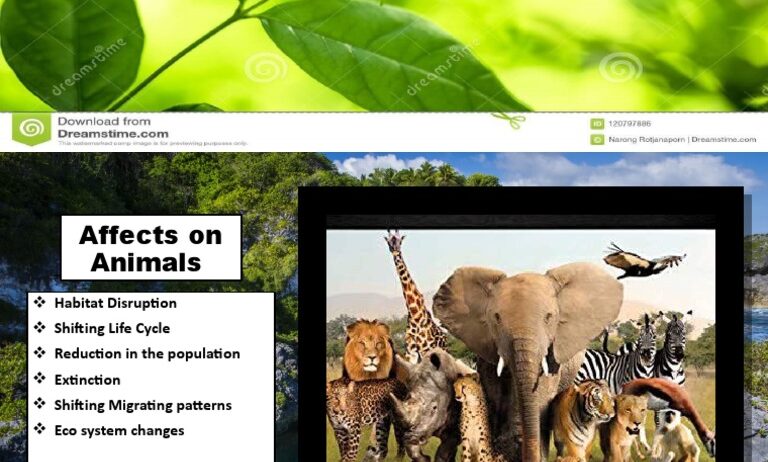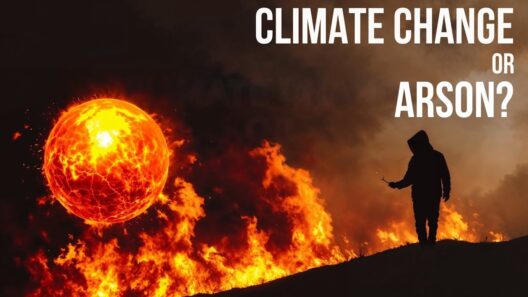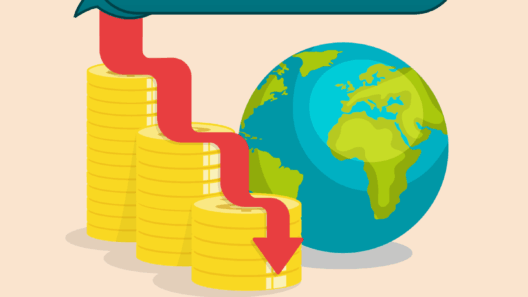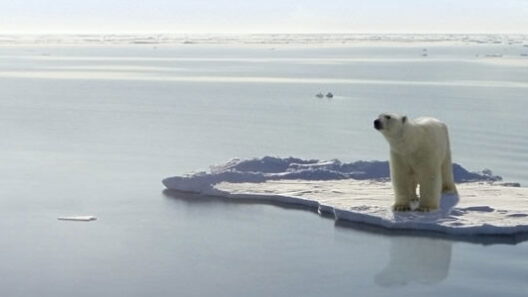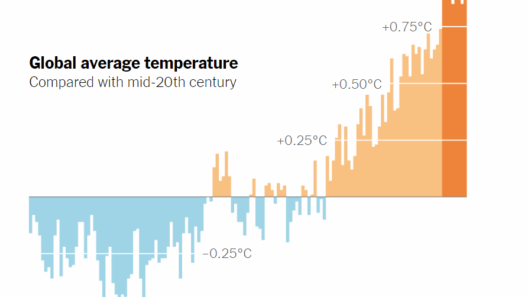Global warming, a relentless specter looming over our planetary home, casts long shadows over the intricate tapestry of life. It is not simply a matter of rising temperatures; it is akin to an ominous conductor orchestrating a symphony where the melodies of plants, animals, and entire ecosystems harmonize and clash in unforeseen ways. This phenomenon extends its icy fingers into the delicate balance of life, altering habitats, disrupt patterns, and reshaping the very foundation of biodiversity.
At the core of this climatic upheaval lies the concept of habitat alteration. Plants and animals have evolved over millennia, optimizing their existence within specific climates. As temperatures rise, many species find themselves in a race against time, akin to a marathon runner being urged to sprint. Some flora that have flourished in temperate zones may struggle under the unrelenting sun, while tropical plants may revel in the new warmth, leading to an intricate dance of survival where the slow and steady may not win the race.
Take, for instance, the delicate balance of wetlands, which serve as crucial habitats for myriad species. With rising temperatures comes the risk of increased evaporation rates, leading to drier wetlands. This could spell disaster for amphibians that depend on these habitats for breeding. The subtle yet vital rhythms of their life cycles are disrupted, much like a chime that loses its resonance, echoing across the ecosystem.
Moreover, the alterations in habitat can catalyze an insidious invasion of non-native species. As native plants struggle to thrive, opportunistic invaders, like weeds proliferating in a neglected garden, take root and flourish in their absence. This phenomenon can displace local fauna that depend on native flora for sustenance. The loss of these native plants creates a cascade effect, as herbivores find themselves deprived of their food sources, thus threatening the entire food web.
The plight extends not only to plants but also to the animals that inhabit these ever-changing environments. Many species exhibit specialized adaptations to their specific ecological niches. For instance, polar bears, iconic denizens of the Arctic, depend on sea ice to hunt seals, their primary prey. As global temperatures elevate, that ice diminishes, leaving these apex predators to face harsh starvation—a formidable adversary born not of nature, but of human-induced climate change.
Migration patterns, crucial for species survival, also face upheaval in this warming world. Birds, for instance, have finely tuned seasonal rhythms, migrating vast distances in synchronization with the availability of food resources. However, as climatic variables shift, these patterns may become misaligned. Imagine an orchestra where the musicians begin to play in discord; instead of a harmonious flight northward in spring, birds may arrive too late, finding their breeding grounds barren, food scarce, and thus, jeopardizing their reproductive success.
The risks posed by global warming are most vividly exemplified in the equatorial regions, where biodiversity is unparalleled. Rainforests, often referred to as the lungs of our planet, are experiencing unprecedented deforestation and temperature spikes. Warming can trigger a feedback loop known as the “tipping point.” Forests that once thrived may succumb to savannization—a transition from forest to grassland, altering microclimates and displacing myriad species, including those that are endemic and are found nowhere else on Earth. This loss reflects not merely a physical absence; it is a diminishment of the genetic reservoir crucial for future resilience.
Equally pressing is the relationship between global warming and oceanic ecosystems. The oceans absorb a significant portion of carbon dioxide emissions, leading to acidification. Marine life, ranging from the tiniest plankton to majestic coral reefs, finds itself in peril. Coral bleaching, a stark symbol of such change, allows us to witness the fragility of these underwater metropolises. When corals expel the algae that nourish them in response to stress, they transform from vibrant ecosystems into ghostly shells, empty of life. This not only disrupts marine biodiversity but also impacts human communities that rely on these ecosystems for sustenance and economic stability.
As temperatures skyrocket, the cyclical phenomena of desertification and droughts also threaten terrestrial ecosystems. Grasslands, once teeming with life and biodiversity, can wither beneath the relentless sun. Grazing animals, which depend on lush vegetation, face scarcity. This creates a ripple effect that can lead to increased competition for resources, driving some species to the brink of extinction and enhancing the struggle for survival.
Ultimately, global warming is an omnipresent force that intertwines with the fate of plants, animals, and ecosystems, reshaping life as we know it. This complexity of interactions emphasizes the urgent need for conservation and sustainability, akin to holding onto the fragile threads of a tapestry before it unwinds completely. By striving for a harmonious coexistence with nature, we can mitigate some impacts of climate change, ensuring the vibrance of biodiversity for generations to come. The story of our planet and its denizens is still being written; it is within our power to ensure that this narrative is one of resilience and survival rather than loss and despair.


